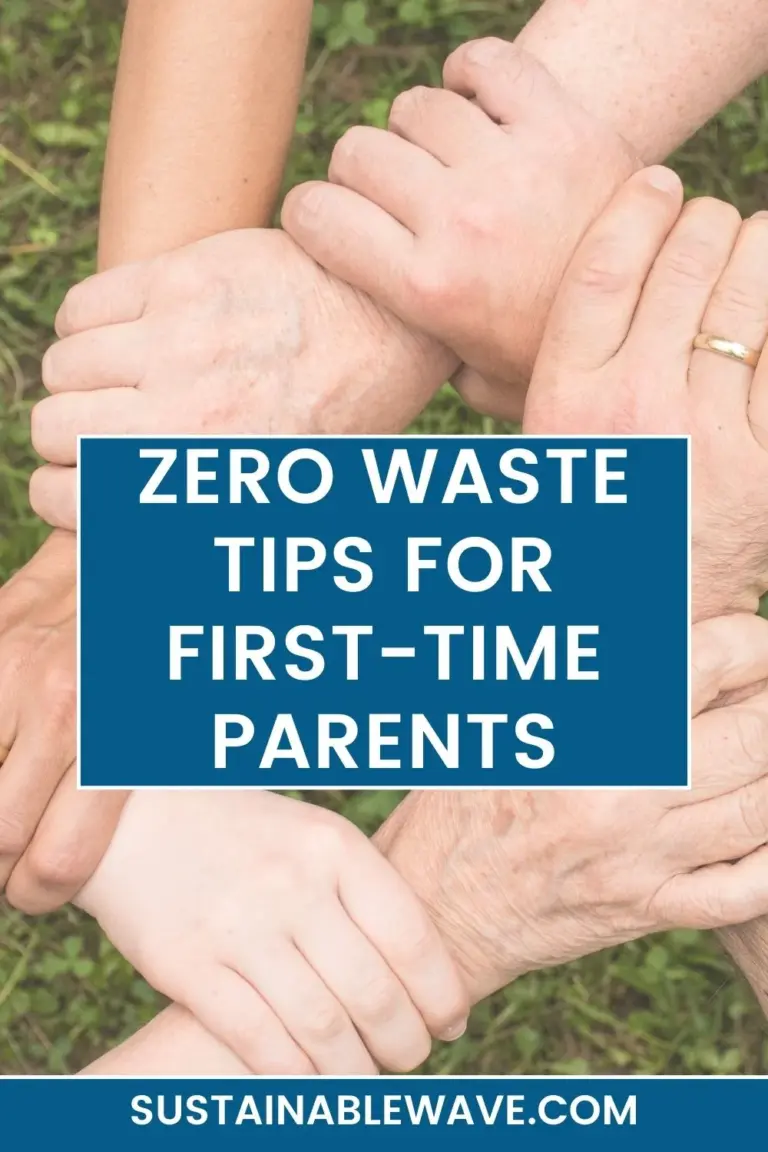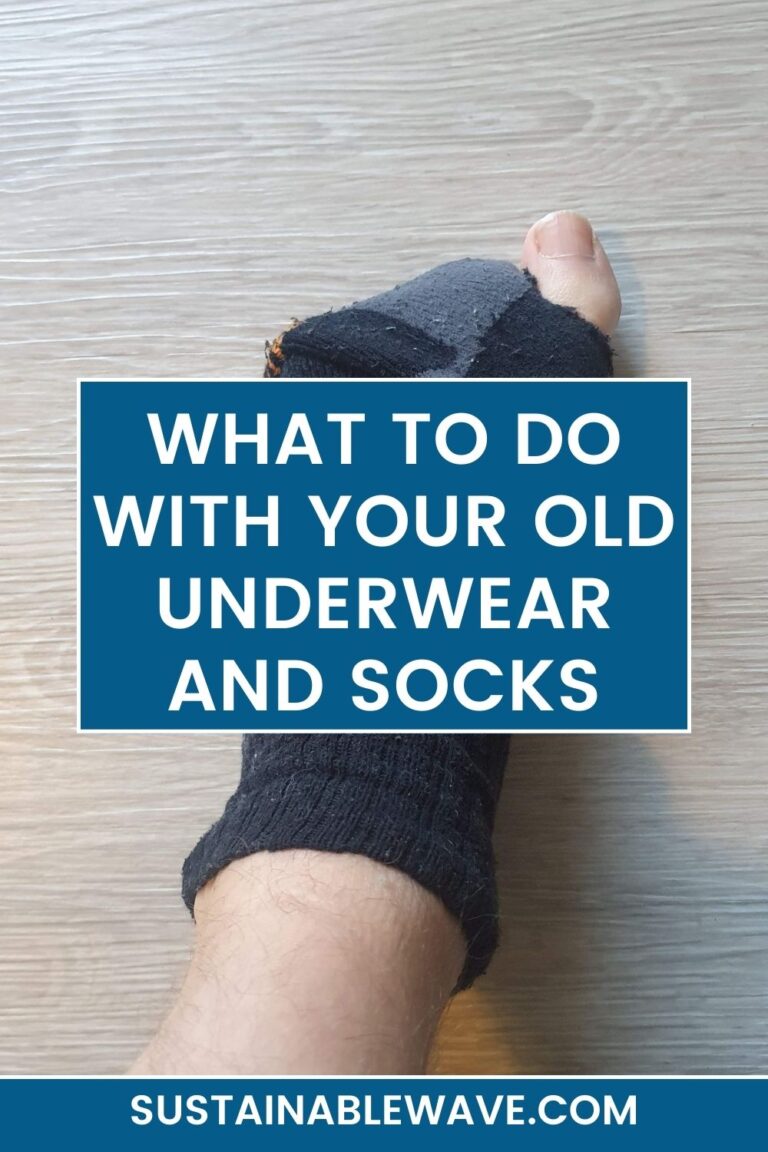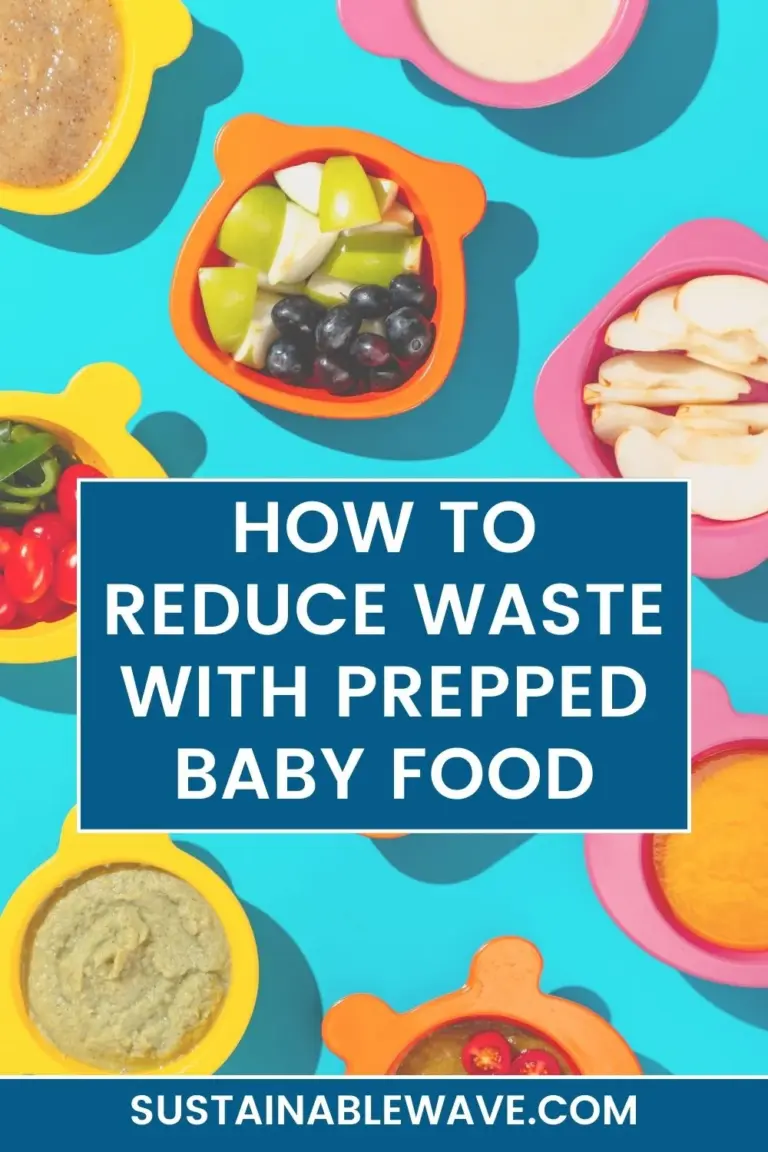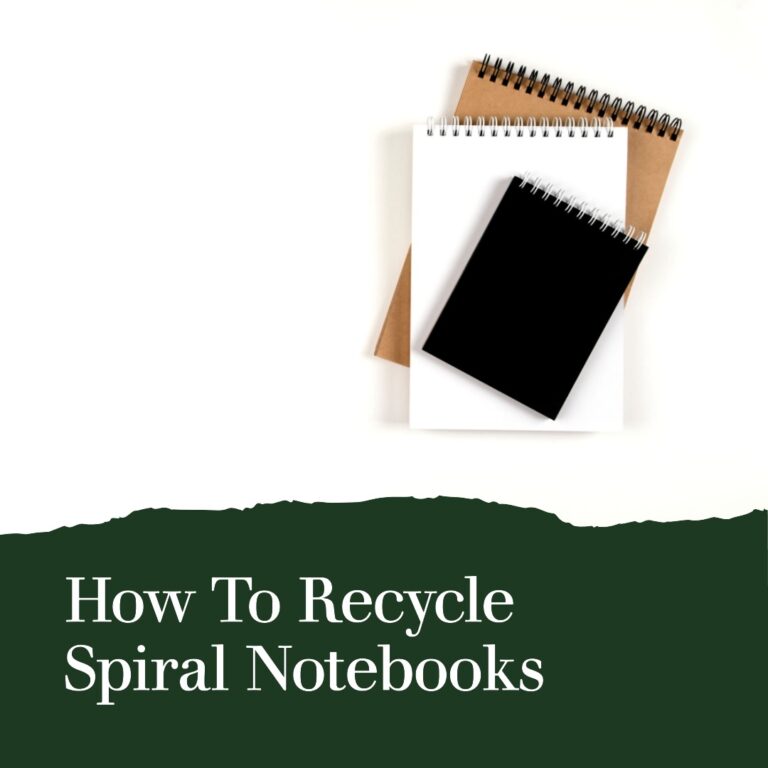Understanding zero-waste is the first step towards answering the question: is zero-waste affordable?
Yes, zero-waste can be affordable. While it may involve initial costs for reusable items, long-term savings can be made through strategies like bulk buying, DIY products, and reducing overall consumption. Affordability can be further enhanced with community and government support.
Zero waste is more than just recycling—it’s about rethinking our consumption habits and minimizing waste from the outset. So, let’s delve into it!
Understanding Zero-Waste

Zero-waste represents a philosophy that encourages the redesign of resource life cycles so that all products are reused, and no trash is sent to landfills or incinerators.
It’s a system that aims to eliminate waste, not manage it.
Benefits of Zero Waste
Zero waste practices have profound benefits, impacting our planet, our health, and our finances in many positive ways.
Here are some key benefits:
- Environmental Impact: By reducing waste, we decrease the amount of trash sent to landfills and incinerators, reducing pollution and preserving natural resources. The less waste we produce, the less energy we need to manage it.
- Resource Conservation: A zero-waste approach emphasizes the need to reuse and recycle products, conserving natural resources. It reduces the demand for raw materials, helping to protect ecosystems from over-exploitation.
- Climate Change Mitigation: Waste reduction can significantly lower greenhouse gas emissions, especially methane from landfills. By composting organic waste and recycling materials, we help mitigate climate change.
- Economic Opportunities: Zero waste can stimulate economic growth by creating jobs in waste management, recycling, and the production of sustainable goods.
- Health Benefits: Adopting zero waste practices often leads to a reduction in harmful chemicals in our homes and environment, which is beneficial for our health.
The primary environmental benefit is the reduction of the overall demand for new materials and energy.
The Economics of Zero Waste
Understanding the economics of zero waste is key to determining its affordability.
It’s a lifestyle change that influences how we consume and dispose of goods, having a ripple effect on our budget and the environment.
Initial Investment
Adopting a zero-waste lifestyle often involves upfront costs. Durable, reusable items like glass containers, stainless steel straws, and cloth bags can be more expensive than disposable alternatives. However, they’re designed to last and, over time, can result in significant savings as the need for single-use items decreases.
Reducing Consumption
Zero-waste isn’t just about the switch to reusables; it also encourages less consumption overall. By carefully assessing needs vs. wants, you can avoid unnecessary purchases, reducing the waste generated and the money spent.
Bulk Buying
Purchasing in bulk can be a cost-effective strategy in a zero-waste lifestyle. Bulk items often have a lower price per unit and generate less packaging waste. Some stores even allow customers to bring their own containers, increasing savings and reducing waste further.
DIY Approach
Making your own products, from cleaning supplies to personal care items, is another zero-waste strategy that can be friendly to your wallet. It not only eliminates packaging waste but also gives you control over the ingredients used.
Long-term Savings
While the transition to a zero-waste lifestyle has its costs, it promises long-term savings. As your dependence on disposable items decreases, so does the continuous expense associated with them. Moreover, waste reduction can lead to less money spent on trash services.
Affordable Zero Waste Strategies
Adopting an affordable zero-waste lifestyle involves implementing a few strategies that can help you save money while reducing your environmental footprint.
Investing in Reusable Items
The initial cost of investing in reusable items like shopping bags, food containers, water bottles, and cloth napkins may be higher, but they last longer and reduce the continuous expense of disposables. Choosing quality reusable items ensures they will last, providing savings over time.
Bulk Buying and Package-Free Shopping
Purchasing items in bulk is typically more cost-effective. Additionally, bulk items usually have less packaging, reducing waste. Some stores even allow customers to bring their containers, further minimizing packaging waste.
DIY Zero Waste Products
Making your household items, from cleaning solutions to personal care products, can be a fun, economical, and zero-waste strategy. DIY products allow you to control what goes into your products, eliminating unnecessary chemicals and packaging.
Composting
Composting organic waste at home reduces the need for synthetic fertilizers, leading to savings. It enriches the soil in your garden and reduces the volume of waste that would otherwise end up in a landfill.
Smart Grocery Shopping
Plan meals, make a shopping list, and stick to it. This simple strategy can save money, reduce food waste, and make your lifestyle more sustainable.
Challenges to Affordability
Embracing a zero-waste lifestyle presents certain financial hurdles that can impact its affordability.
Higher Cost of Sustainable Products
Sustainable, organic, or locally-produced items are often priced higher than conventional alternatives. This price gap can be a deterrent for many, making the transition to zero waste appear unaffordable.
Accessibility and Convenience
Not all neighborhoods have stores offering bulk purchase options or eco-friendly products. The need to order online can incur additional shipping costs and also potentially increase the carbon footprint, posing a challenge to affordability.
Time Commitment
The time cost involved in preparing homemade products, planning meals to avoid food waste, and composting can deter people, especially those with busy schedules. This time commitment represents a hidden cost that might hinder the shift to zero waste.
Making Zero Waste Affordable
Despite these challenges, there are strategies to make zero waste affordable.
Community Support
Local communities can support the transition to zero waste by hosting swap events, setting up lending libraries, or establishing community gardens. These initiatives can help spread the cost and benefits of zero waste among a larger group.
Government Programs
Government programs can support zero-waste initiatives by providing financial incentives for sustainable practices. Grants or tax breaks can help offset the initial cost of transitioning to a zero-waste lifestyle.
Education and Advocacy
Increasing awareness about the benefits and cost-saving potential of zero waste can make it more appealing. Advocacy can also push for policy changes that make sustainable products more affordable.
Simple Lifestyle Changes
Implementing small lifestyle changes can contribute to zero waste without significant cost. Examples include reducing consumption, reusing items, composting, and choosing to repair items rather than replacing them.
FAQs
Is a zero-waste lifestyle expensive? While it might appear so initially, a zero-waste lifestyle can save money in the long run. The principle of zero waste encourages mindful consumption, which leads to savings over time.
How can I afford to live a zero-waste lifestyle? Start by making small changes, like reducing waste, shopping second-hand, making DIY household products, and buying in bulk. Remember, zero waste is not about perfection but progress.
Why are zero-waste products more expensive? Zero-waste products are often made with sustainable materials and ethical practices, which can increase production costs. However, these items are typically more durable and reusable, saving money in the long run.
Is it possible to live zero-waste on a low income? Yes, it’s possible. Although some aspects of a zero-waste lifestyle may be challenging, principles like reducing, reusing, and recycling can be implemented without incurring significant costs.
Can zero waste save the environment and money? Absolutely. Zero waste practices reduce landfill waste and carbon emissions and lead to personal savings by reducing consumption and waste.
Are there affordable alternatives to zero-waste products? Many affordable alternatives exist, such as DIY options, second-hand items, and community swaps.
Key Takeaways From Is Zero-Waste Affordable
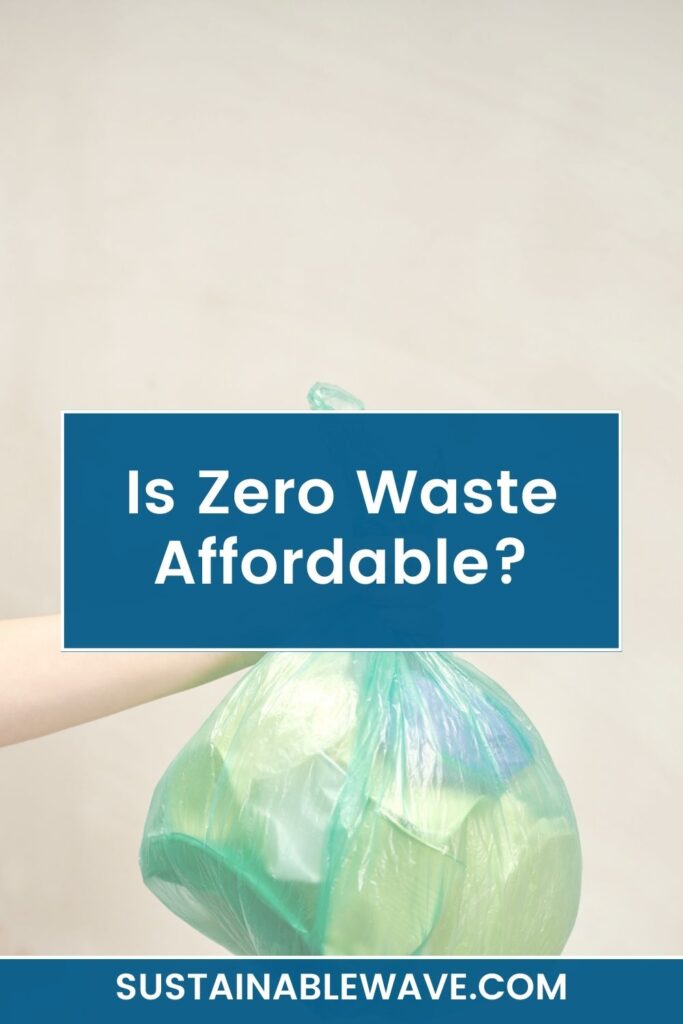
The shift to a zero-waste lifestyle involves both costs and benefits. While upfront costs can be higher due to investments in reusable items, long-term savings can be achieved through strategies like bulk buying and DIY solutions.
Challenges to affordability include the higher cost of sustainable products and accessibility issues. However, these can be mitigated through community support, government programs, and education.
The economic benefits of zero waste extend beyond individual savings to job creation in waste management and sustainable goods production.
Ultimately, with thoughtful planning and small lifestyle changes, zero waste can indeed be affordable.
I’m Thomas, the owner of SustainableWave. Passionately promoting a sustainable planet. With experience in various eco-roles, I’ll share green tips, sustainability hacks, and personal eco-journeys on my blog.

